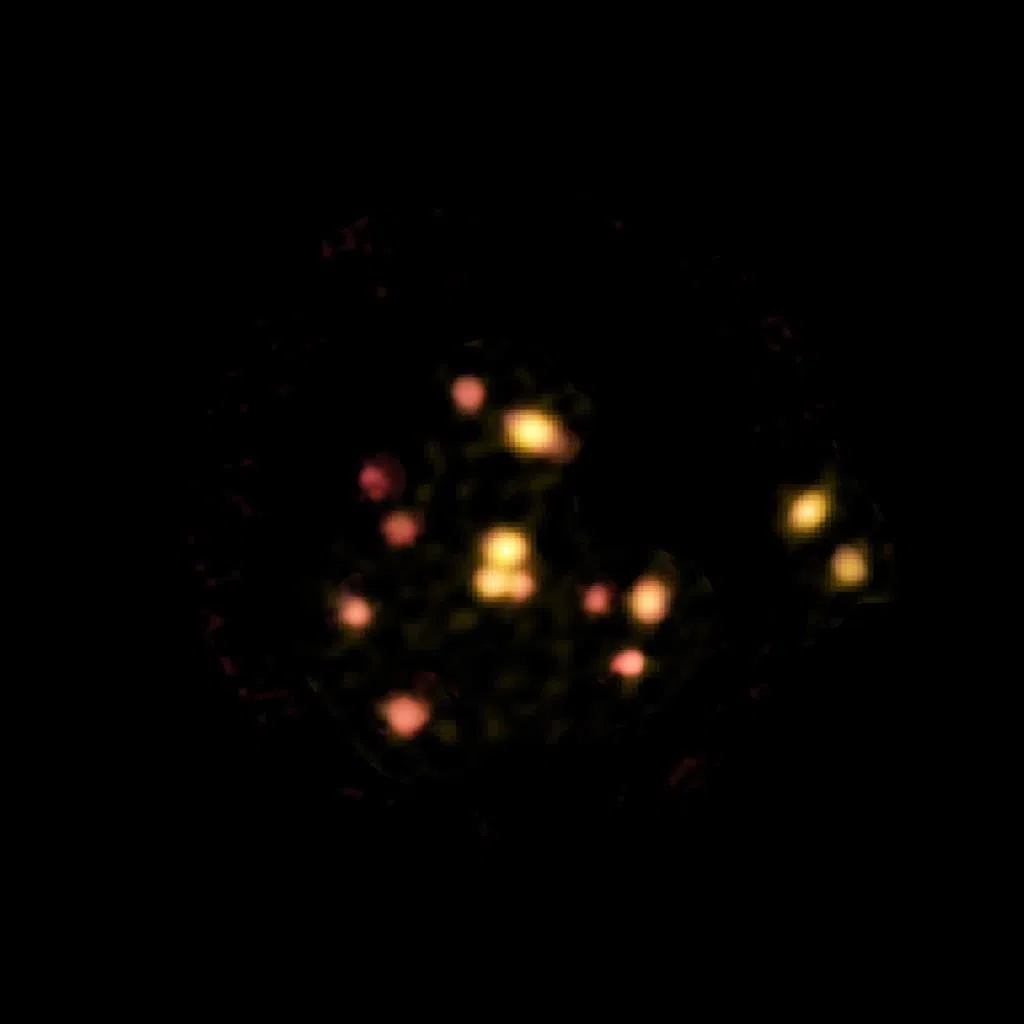
Astronomers discover 14 galaxies poised to collide and form colossal cluster
HALIFAX — Astronomers have discovered the beginnings of a gigantic “cosmic pileup” in the far reaches of the universe, which could form one of the largest structures in the cosmos.
The team of Canadian and international scientists used a powerful telescope in Chile to spot the “impending collision of 14 young, starbursting galaxies” that will become a massive galaxy cluster.
The research, published in the journal Nature, says the so-called protocluster or group of galaxies is 12.4 billion light years away — suggesting its light began travelling to Earth when the universe was 1.4 billion years old.
“Having caught a massive galaxy cluster in throes of formation is spectacular in and of itself,” researcher Scott Chapman, an astrophysicist at Dalhousie University in Halifax, said in a statement..
